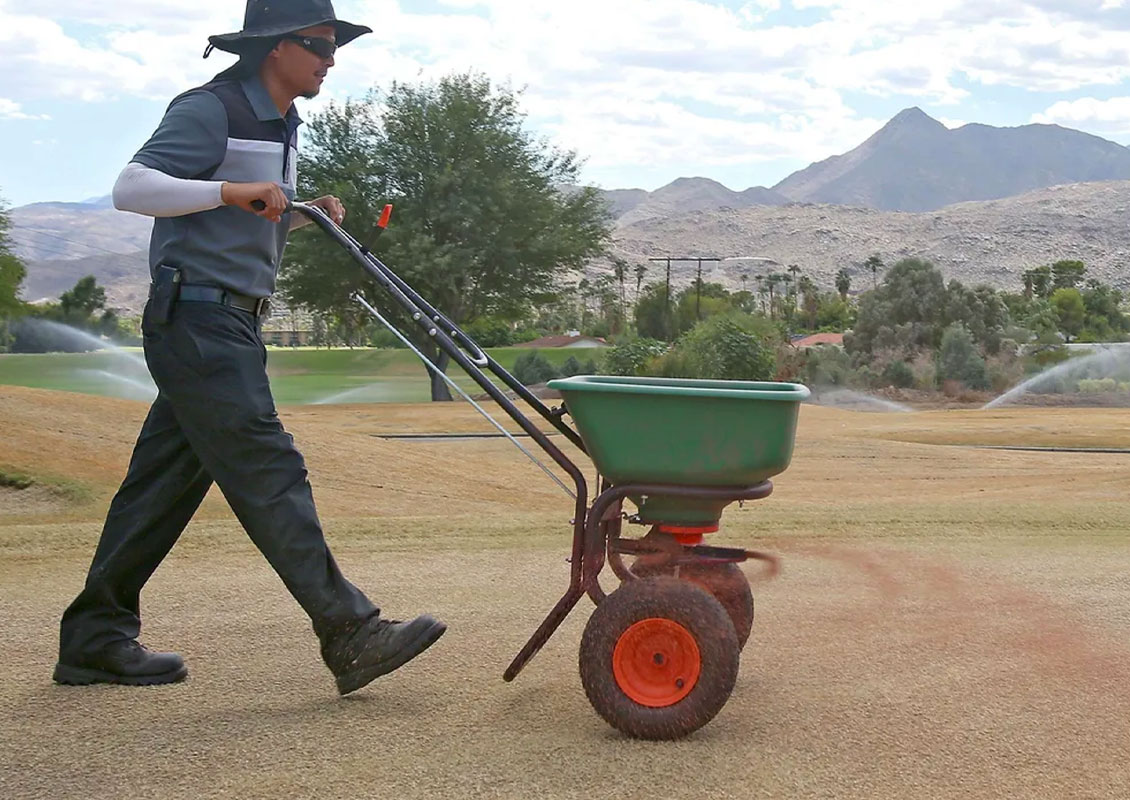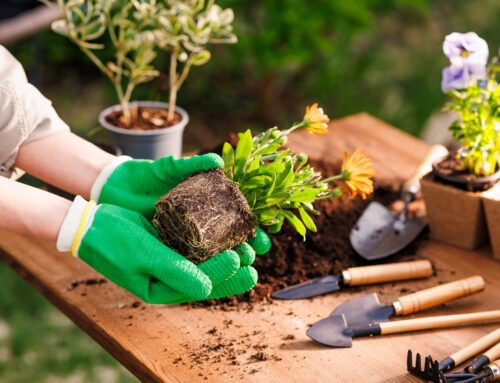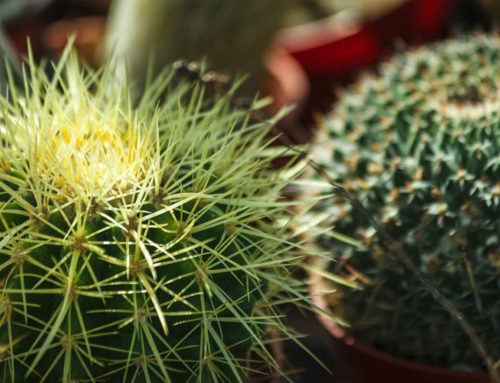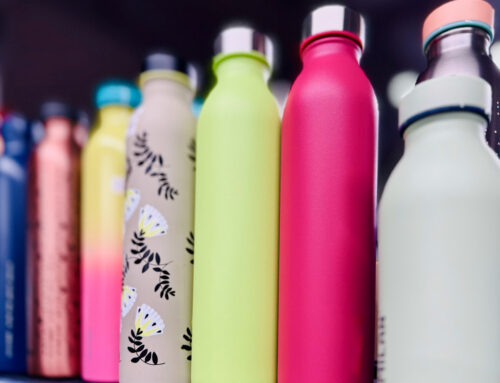If you have a grass lawn, you may be familiar with “overseeding.” This is the process of scalping summer grass, laying new seed, and watering until a fresh green lawn takes over. However, this is not a common practice in other areas, so why do we do it in the Coachella Valley?
The extreme heat of our summers can be damaging to all but the hardiest of turf grasses, so we typically plant Bermuda grass for its tolerance against heat and drought. Unfortunately, Bermuda grass is perennial and tends to go dormant during our coolest weeks of winter, when its green color fades to gold.
For winter, local gardeners often plant cool-season ryegrass. To get the new seed to germinate, the soil and seed must be kept moist at all times. This results in wasteful water use and a bare lawn for a few weeks during the transition between Bermuda and ryegrass.
After recent drought years in California, the State Water Board has passed legislation known as Making Conservation a California Way of Life. This translates to decreased water budget allocations, which are metrics used to determine billing tiers for water customers.
Average water use by customers in the Coachella Valley trends wastefully high during the months of October, November, and December because of this practice of lawn overseeding. As water agencies follow the State Water Board’s directions to reduce water budget allocations, some customers may see even higher water bills than normal this fall if they choose to overseed.
Coachella Valley residents already use more water per capita than customers in other parts of California. The time has come for us to stop overseeding our lawns and look for alternatives, such as:
- Replace some or all of your turf grass with desert landscaping. All six water agencies in the Coachella Valley now offer a rebate for turf removal. This means almost any local resident who would like to replace grass with desert landscaping can do so at little to no cost after rebates. Call your water agency or check its website to learn more.
- Use non-toxic grass paint to green up your Bermuda grass as it goes dormant. With a couple of bottles of grass paint and a garden sprayer, you can paint your lawn yourself. A 16-ounce bottle of concentrated grass paint will cover 300 square feet. Mix with water and spray.
- Do nothing and let the Bermuda grass turn gold in winter. It will turn green again as winter ends and the weather warms up.
- If you choose to overseed anyway, don’t do all the grass around your house. Limit the overseeding to one irrigation zone, and wait until November to lay the seed, as it takes less water to keep the seed and soil moist in cooler weather. Follow these instructions.
Photo Source: The Desert Sun






